Maintaining proper ventilation in your flower beds isn’t just about keeping plants healthy — it’s also crucial when your flower beds are located near HVAC units, outdoor vents, or other air circulation systems. Obstructed airflow can lead to overheating of your outdoor AC unit, reduced efficiency, or even increased utility costs. That’s why designing flower beds with ventilation in mind is both a smart landscaping practice and a home energy efficiency strategy. Here are eight smart ways to preserve airflow and beauty at the same time:
1. Install Raised Flower Beds with Air Gaps
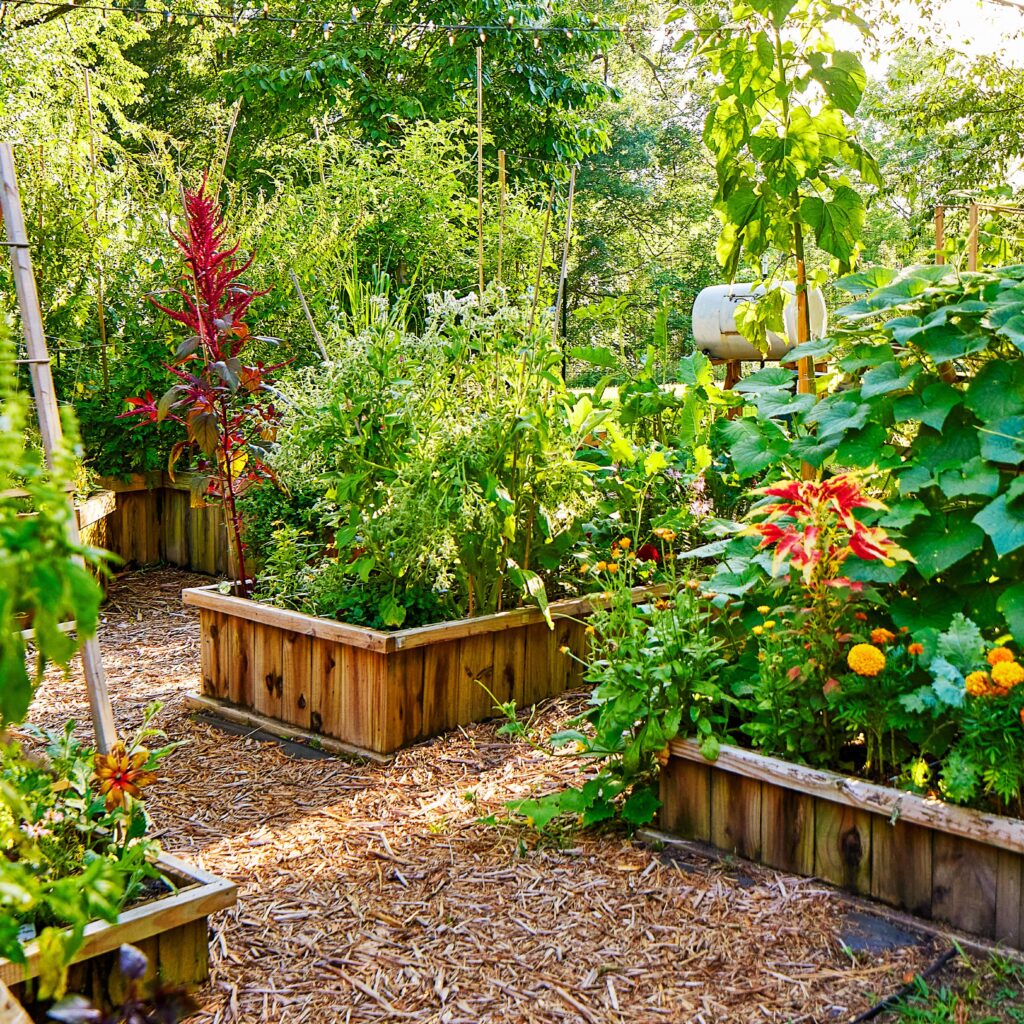
Raised beds provide a structured garden layout and, when designed with small air gaps at the base, they promote better airflow near HVAC units or walls. By slightly lifting the soil level and using materials like stone, brick, or wood slats with spaces in between, you allow warm air from the unit or foundation to circulate freely instead of getting trapped. Raised beds also keep soil and mulch from drifting into HVAC zones, keeping maintenance simple.
2. Use Low-Growing Ground Covers Near Air Intakes

Low-growing plants such as creeping thyme, sedum, or dwarf mondo grass allow airflow to pass easily over them without resistance. These species typically remain under 6 inches tall and don’t develop dense foliage that might impede ventilation. They’re also drought-tolerant and reduce soil erosion near vents. Strategically placing these plants near your HVAC intake vents ensures that airflow stays smooth and uninterrupted.
3. Create Buffer Zones Using Gravel or Mulch Paths
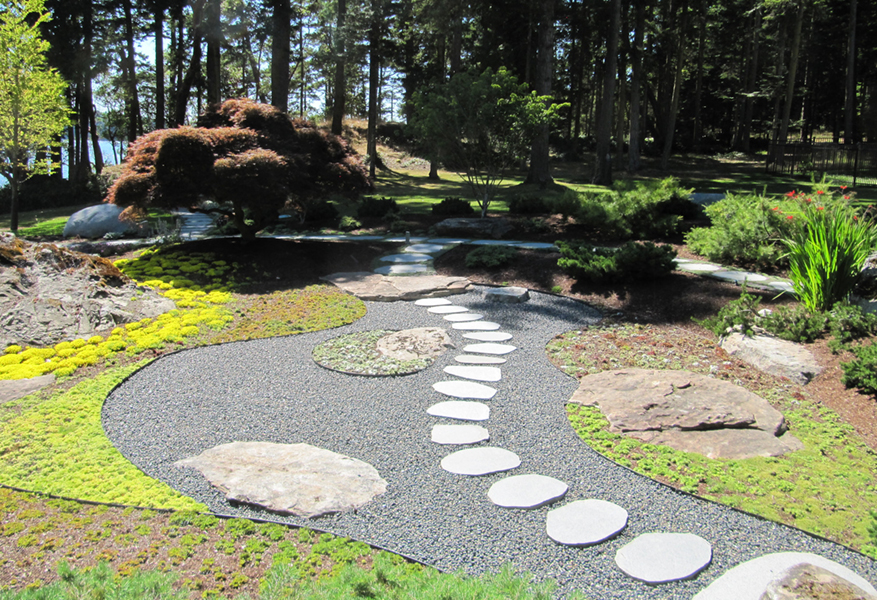
Incorporating gravel, mulch, or decomposed granite paths between your flower beds and HVAC equipment creates a physical buffer zone. This not only maintains open airflow but also makes it easier to access equipment for maintenance. These paths prevent the overgrowth of plant matter near ventilation areas and reduce the risk of roots or vines invading sensitive HVAC parts.
4. Trim Regularly and Prune Strategically
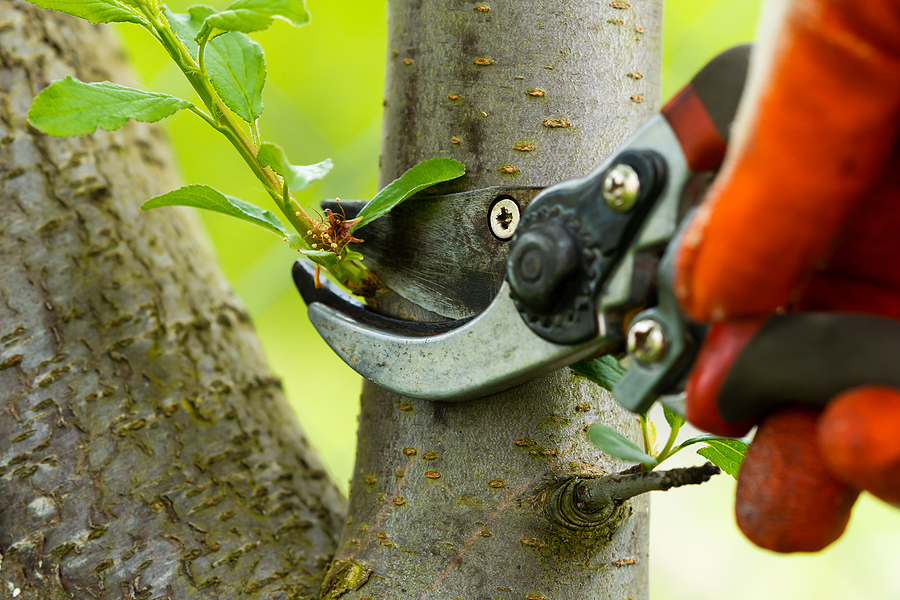
One of the easiest ways to preserve ventilation paths is through consistent pruning. Shrubs, perennials, and even fast-growing annuals can become overgrown quickly during peak seasons. Establish a pruning routine that ensures no plant foliage encroaches within 2–3 feet of HVAC units or exterior air vents. You can also shape your plants to grow outward rather than upward, preserving a clean line of sight and airflow zone.
5. Avoid Solid Fences or Dense Hedges Directly Behind HVAC Units
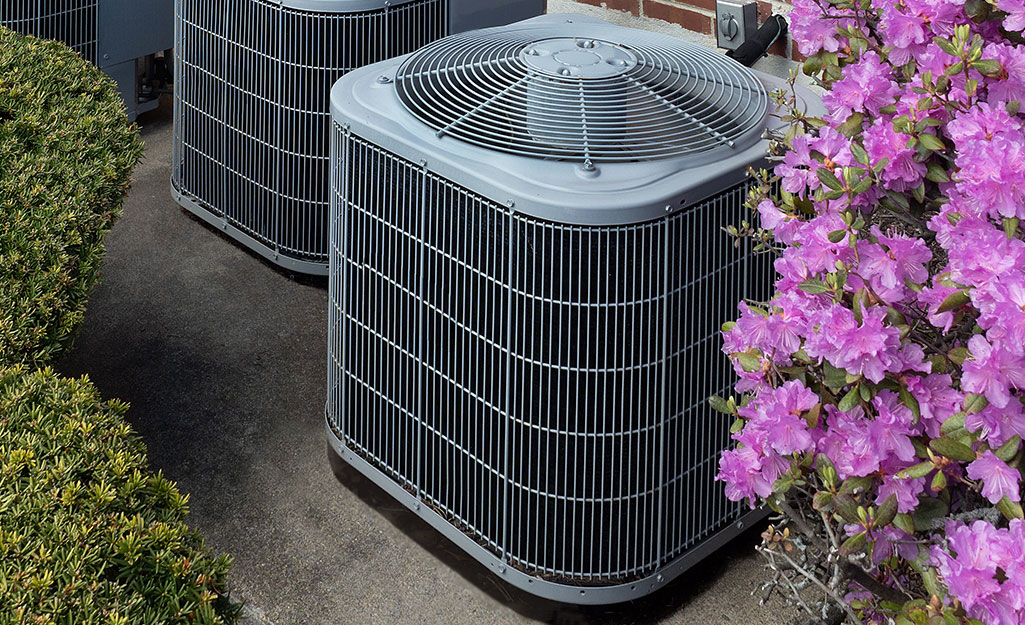
Dense barriers like solid wood fences or thick evergreen hedges can reflect heat and block airflow from the rear of your HVAC unit. Instead, opt for louvered screens, slatted fencing, or trellises with climbing vines that still allow air to move. If privacy is a concern, consider placing these screens several feet away from the unit and positioning them at an angle to guide rather than block airflow.
6. Design U-Shaped or L-Shaped Beds Around Units
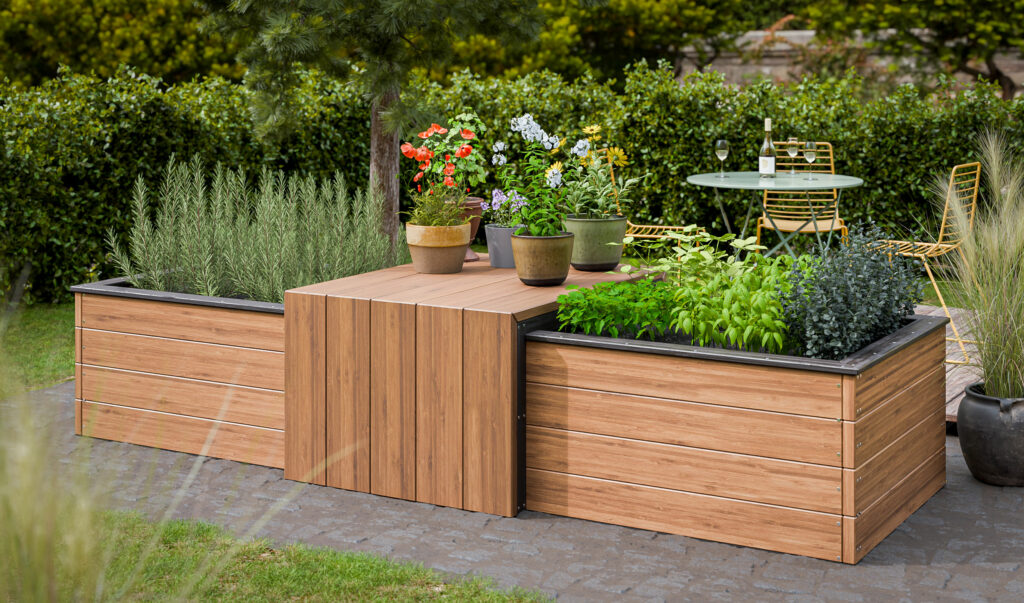
Rather than placing flower beds directly in front of or behind HVAC equipment, consider designing U-shaped or L-shaped beds that wrap around it while leaving ample space in front and behind. This layout allows you to frame the unit aesthetically without compromising airflow. The open sections act as invisible “air channels” while plants on the sides help mask unsightly equipment from view.
7. Choose Wisely with Spacing Between Plants
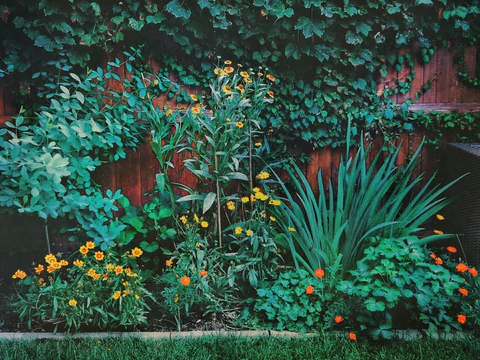
Plant spacing can make or break your garden’s ventilation strategy. Even within flower beds far from HVAC units, overcrowded plants can block air from reaching building walls or crawl space vents. Follow plant tag guidelines for spacing, or even increase spacing slightly to allow more light and air to move through. This also prevents fungal issues and improves overall plant health.
8. Use Wind-Flow Visuals to Guide Layout Design

Before finalizing your garden layout, observe how wind moves through your space during different seasons. Use flags, pinwheels, or smoke tests to identify key airflow paths. Once you have this data, arrange your flower beds and taller plants in a way that aligns with — or at least doesn’t obstruct — these natural ventilation currents. This method helps you design smarter layouts that work with nature rather than against it.
Conclusion
Integrating airflow-conscious design into your flower beds is essential for a garden that’s both beautiful and functional. By maintaining open zones, spacing wisely, and selecting appropriate plant types and structures, you ensure that your HVAC system can operate efficiently while your landscape thrives. These eight smart strategies help you find that perfect balance between lush garden design and essential home ventilation needs.

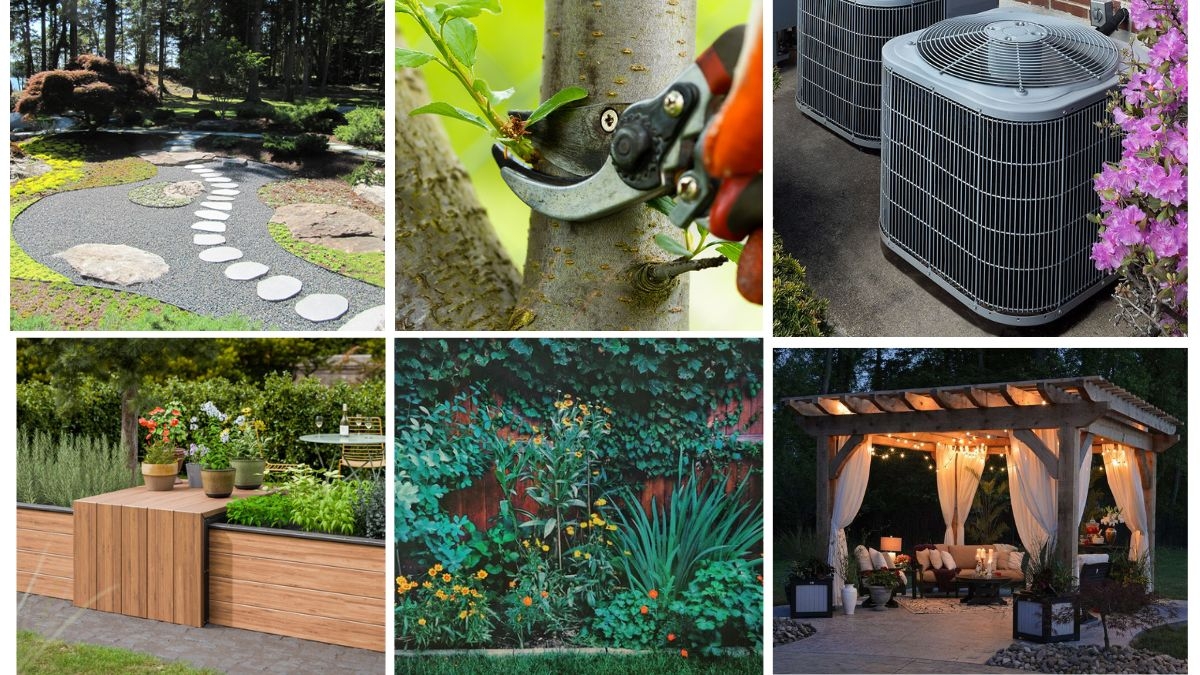



Leave A Comment